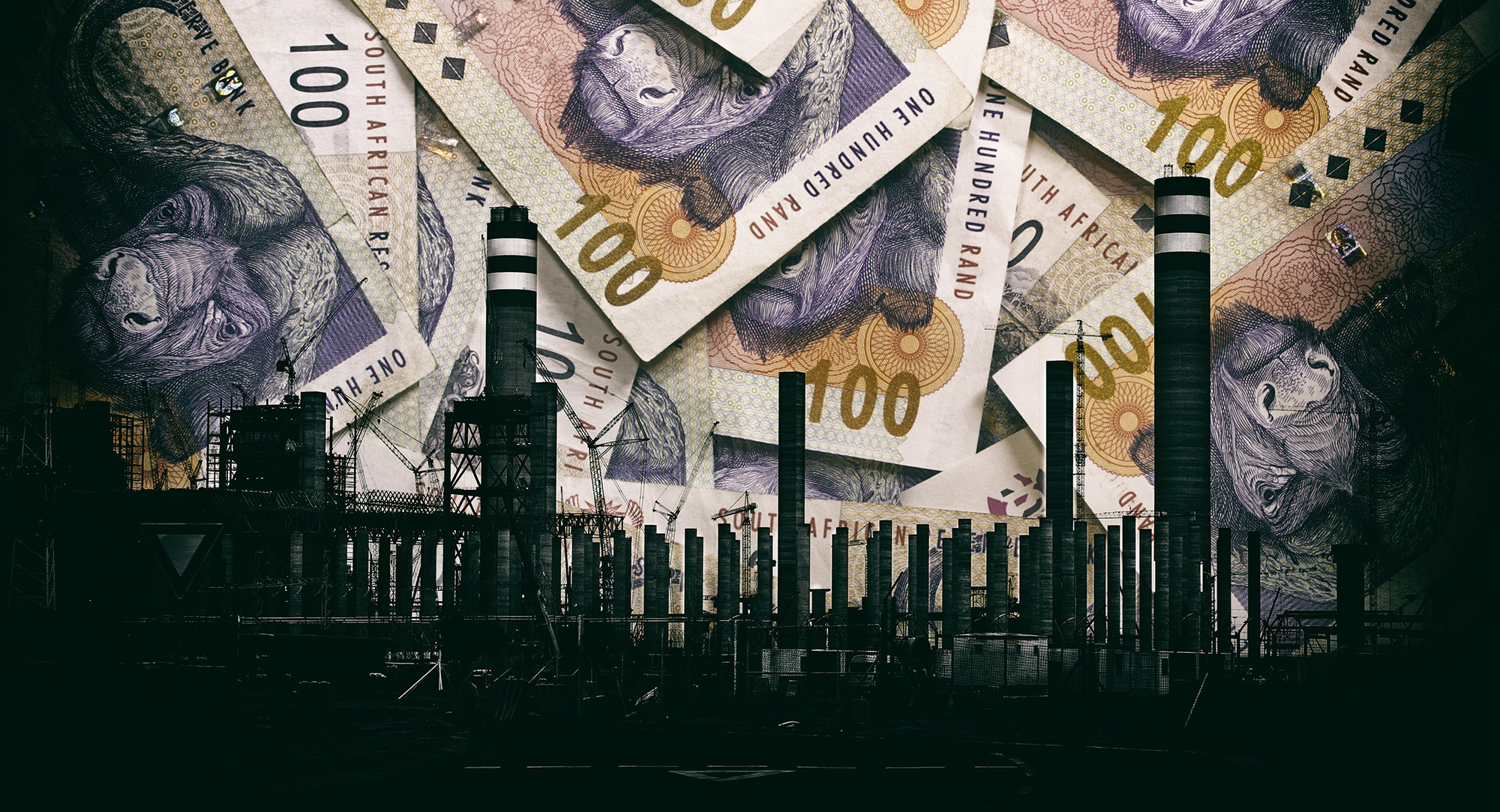The National Energy Regulator of South Africa (Nersa) has approved Eskom’s tariff hike request, with increases of 12.7% for 2025/26, 5.36% for 2026/27, and 6.19% for 2027/28. While the hike is significantly lower than Eskom’s initial request of 36.15% for 2025/26, 11.81% for 2026/27, and 9.1% for 2027/28, it will still have a significant impact on consumers – middle-income households in particular.
Read more: Eskom wants an increase in electricity tariffs of up to 44% next year
Speaking at the announcement of the tariff increase, Nersa chair Thembani Bukula said public consultations on Eskom’s proposed tariff hike revealed widespread concern.
Bakula said the top worry was affordability, with domestic customers stressing that the proposed price increases would force them to “choose between buying food or electricity”.
Read more: Food or electricity — power tax forces a cruel choice on Joburg’s poorest people
This fear is not unfounded, as the approved tariff hike will still have a significant impact on consumers. According to Sanisha Packirisamy, economist at Momentum Investment, the approved increase is a “delicate balance” between ensuring Eskom’s financial sustainability and keeping electricity affordable for consumers. Packirisamy noted that the hike was lower than expected, along with decreasing inflation and a cut in interest rates this week – all of which were positive outcomes for consumers.
The central bank’s Monetary Policy Committee (MPC) cut the key repo rate by 25 basis points on Thursday, a move justified by subdued inflation and a third consecutive decrease in interest rates.
Read more: Cost of basic foodstuffs drops as inflation hits four-year low
However, the Eskom tariff hikes will still jolt consumers, particularly middle-income households. Packirisamy elaborated on the impact of the tariff hike on different income groups: “If you differentiate between low-income, low-middle income, middle income, middle-high and high, your low-income bands are typically a bit more sheltered from the electricity costs,” she said. For example, the City of Cape Town offers a “lifeline” electricity tariff, which is a special, highly subsidised tariff intended to provide relief to prepaid customers with limited means.
“So you would find that your middle-income consumer tends to be hit a bit more disproportionately … your middle and your middle-low income consumer probably the most stressed.”
Mitigation measures
To mitigate the effects of the increase, Packirisamy recommends that consumers take measures such as reducing electricity usage, budgeting for the increase and exploring energy-efficient options. This won’t be very different from previous years when consumers were forced to become energy-wise to cope with what felt like relentless load shedding and an unstable power supply.
Liziwe McDaid of activist group The Green Connection said while the group appreciated that the regulator did seem to listen to the voice of the people, it would continue to push for tariff restructuring that resulted in more affordable electricity prices. McDaid said there should be a national stakeholder engagement process, as the current electricity system and pricing mechanisms were outdated.
“The country urgently needs a shift toward a decentralised, sustainable energy model as part of a just transition – one that ensures affordability, accessibility and environmental sustainability,” she said.
Positive outlook
Despite the challenges posed by the tariff increase, the outlook for consumer finances is not entirely bleak. According to BankservAfrica’s Take-home Pay Index (BTPI), the average nominal take-home pay of South African consumers increased by 11.9% year-on-year to reach R17,202 in December 2024. This represents a significant leap from the R15,367 recorded in December 2023.
The upward momentum in average salaries was evident throughout 2024, despite some monthly volatility.
Independent economist Elize Kruger said the positive shifts in nominal take-home pay were buoyed by the recovering business environment, load shedding suspension, moderating inflation, the new political landscape and two interest rate cuts.
The average nominal take-home pay increased by 7.9% in 2024 – the highest growth in years. With inflation moderating notably during 2024, salary earners were better off in real terms in 2024. This recovery in disposable income had been reflected in healthier retail sales growth, with real growth for the 11 months to November 2024 2.4% higher than the corresponding period in the previous year.
The outlook for 2025 appeared promising, with salaries projected to sustain their upward momentum from 2024. South Africa’s economy was expected to grow 1.7% in real terms, fuelled by increased consumer spending, higher investment and ongoing reforms.
Following a 4.4% average inflation rate in 2024 and a predicted 4.2% rate for 2025, salaries should keep pace, leaving people with more money in their pockets. DM





